#AND THE SUPERNOVA
Text
bass makes a dollar. i make a dime. that's why i think about lesbian sex on company time
#me serving customers while chappell roan's red wine supernova is stuck in my head#me: yeah that'll be £3.60 / my brain: she did it right there‚ out on the deck: put her canine teeth in the side of my neck#rose's incessant yearnings#rose's gay little job#rose's ramblings
61K notes
·
View notes
Text
not romantic not platonic but a secret third thing [what would happen between earth and the moon if the earth stopped spinning as illustrated by xkcd randall munroe]

#'your moon is here' things that make me explode like a supernova#UGHHHHHHH what if i was perpetually in your orbit. influencing the tides. protecting you from asteroids. and slowly drifting further away.#then you stopped moving and i was only pulse to your dead heart. orbiting you. right where ive been left. and so you started turning again.#ria.txt#personal#space opera au#(<- not about what you think is about)#hiiii this is gaining traction so glad we're all going insane :D your moon is here is SO fucked up. so good.#xkcd#randall munroe#space#moon#anyways xkcd comics are so good. entertaining witty and informative. check em out!
66K notes
·
View notes
Text








CHAPPELL ROAN
PHOTOGRAPHED BY KIRT BARNETT FOR POLYESTER ZINE
#chappell roan#polyester zine#hot to go#red wine supernova#queer#lgbtq#popstar#pink pony club#polyester#coachella#a
6K notes
·
View notes
Text

The Midwestern Princess
#art#chappell roan#i've been a little enchanted by this woman if being completely honestly#i must draw you....#red wine supernova saved my grandmother's life actually#fanart
4K notes
·
View notes
Text




supernova captains eat a lot
#one piece#monkey d. luffy#trafalgar law#trafalgar d water law#eustass kid#eustass captain kidd#jewerly bonney#one piece supernova#one piece worst generation#adding law and bonney small moment just because#the parallel betwen them is… so :(((#sick kids who want to take a revenge for their loved ones
7K notes
·
View notes
Text



Don't use soap.
7K notes
·
View notes
Text






SUPERNOVA TRIO 💫🌠⭐️ THE WORST CAPTAINS
3K notes
·
View notes
Text
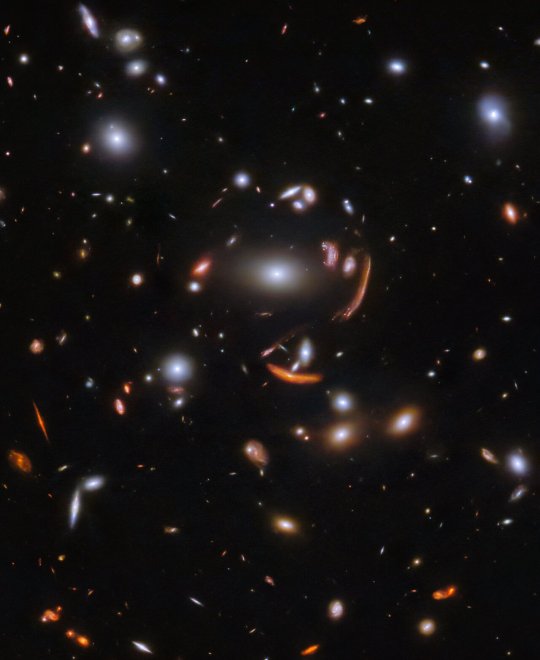

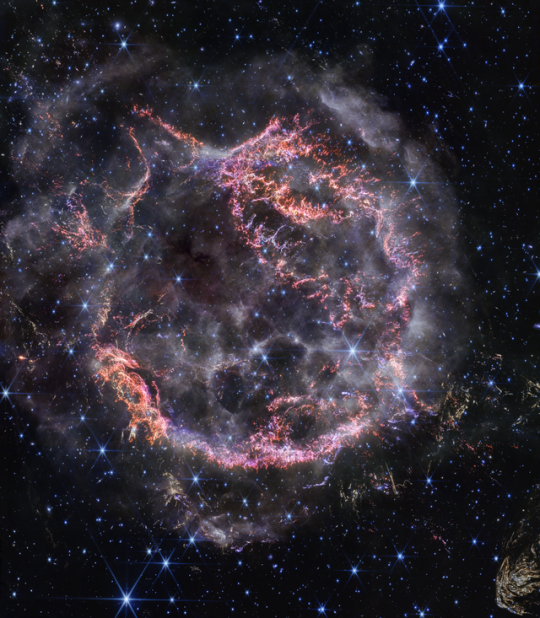
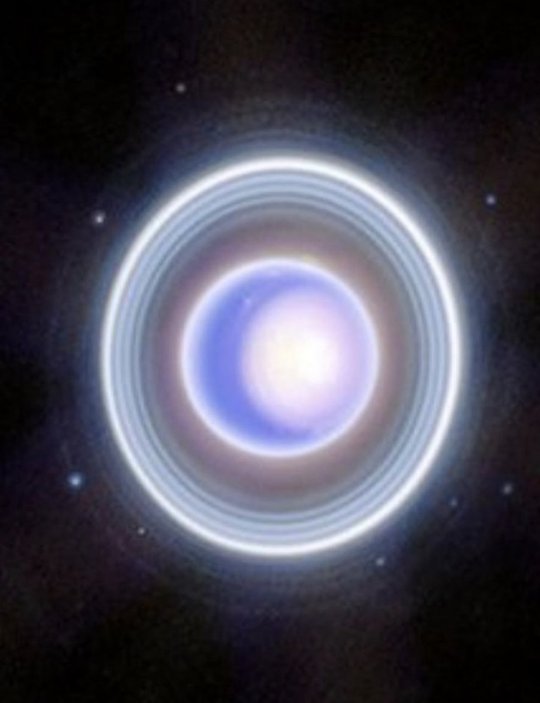
Gifts from Webb l Dec. 2023
The vast galaxy cluster SDSS J1226+2152 l Center of Star cluster IC 348 l Supernova Remnant Cassiopeia A l Ice giant Uranus & its moons
#space#nasa#webb#galaxy#astrophotography#astronomy#stars#sky#solar system#uranus#cassiopeia A#supernova remnant#planets#universe#james webb telescope
3K notes
·
View notes
Text

baby, why don’t you come over? 🍷
#PUT HER CANINE TEETH ON THE SIDE OF MY NECK#okay i really Love when she does this#so i had to draw it P:#LOVE LOVE MY CHAPPELL ROAN#chappell roan#kayleigh rose#red wine supernova#janeru draws#art#illustration#artists on tumblr#jiyaneru
2K notes
·
View notes
Text
hey bestieeee ummmmmm would you wanna brainwash me and condition me to go absolutely brainless and drooly at the sight of your cock, ready to be your little cocksleeve? as friends of course
4K notes
·
View notes
Text








CHAPPELL ROAN
The Late Show with Stephen Colbert | February 15, 2024
#sheeeeeeeeee#*macygifs#chappell roan#the late show with stephen colbert#red wine supernova#dailymusicqueens#musicdaily#wlwsource#dailylgbtq#dailywomen#lgbtedit#musicedit#lgbtsource#musicsourcedaily#femaledaily#flawlesscelebs#dailymusicians#popularcultures#wlwgif#wlwedit#lgbt#lgbtq#wlw#flashing gif
3K notes
·
View notes
Text
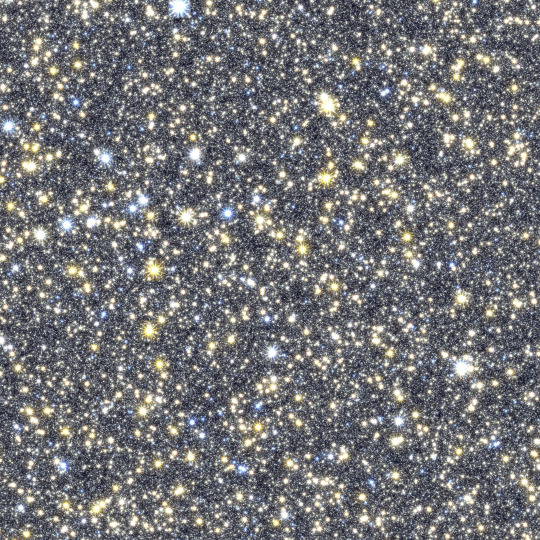
A simulated image of NASA’s Nancy Grace Roman Space Telescope’s future observations toward the center of our galaxy, spanning less than 1 percent of the total area of Roman’s Galactic Bulge Time-Domain Survey. The simulated stars were drawn from the Besançon Galactic Model.
Exploring the Changing Universe with the Roman Space Telescope
The view from your backyard might paint the universe as an unchanging realm, where only twinkling stars and nearby objects, like satellites and meteors, stray from the apparent constancy. But stargazing through NASA’s upcoming Nancy Grace Roman Space Telescope will offer a front row seat to a dazzling display of cosmic fireworks sparkling across the sky.
Roman will view extremely faint infrared light, which has longer wavelengths than our eyes can see. Two of the mission’s core observing programs will monitor specific patches of the sky. Stitching the results together like stop-motion animation will create movies that reveal changing objects and fleeting events that would otherwise be hidden from our view.
youtube
Watch this video to learn about time-domain astronomy and how time will be a key element in NASA’s Nancy Grace Roman Space Telescope’s galactic bulge survey. Credit: NASA’s Goddard Space Flight Center
This type of science, called time-domain astronomy, is difficult for telescopes that have smaller views of space. Roman’s large field of view will help us see huge swaths of the universe. Instead of always looking at specific things and events astronomers have already identified, Roman will be able to repeatedly observe large areas of the sky to catch phenomena scientists can't predict. Then astronomers can find things no one knew were there!
One of Roman’s main surveys, the Galactic Bulge Time-Domain Survey, will monitor hundreds of millions of stars toward the center of our Milky Way galaxy. Astronomers will see many of the stars appear to flash or flicker over time.
youtube
This animation illustrates the concept of gravitational microlensing. When one star in the sky appears to pass nearly in front of another, the light rays of the background source star are bent due to the warped space-time around the foreground star. The closer star is then a virtual magnifying glass, amplifying the brightness of the background source star, so we refer to the foreground star as the lens star. If the lens star harbors a planetary system, then those planets can also act as lenses, each one producing a short change in the brightness of the source. Thus, we discover the presence of each exoplanet, and measure its mass and how far it is from its star. Credit: NASA's Goddard Space Flight Center Conceptual Image Lab
That can happen when something like a star or planet moves in front of a background star from our point of view. Because anything with mass warps the fabric of space-time, light from the distant star bends around the nearer object as it passes by. That makes the nearer object act as a natural magnifying glass, creating a temporary spike in the brightness of the background star’s light. That signal lets astronomers know there’s an intervening object, even if they can’t see it directly.
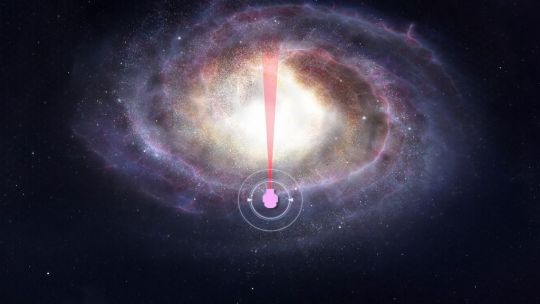
This artist’s concept shows the region of the Milky Way NASA’s Nancy Grace Roman Space Telescope’s Galactic Bulge Time-Domain Survey will cover – relatively uncharted territory when it comes to planet-finding. That’s important because the way planets form and evolve may be different depending on where in the galaxy they’re located. Our solar system is situated near the outskirts of the Milky Way, about halfway out on one of the galaxy’s spiral arms. A recent Kepler Space Telescope study showed that stars on the fringes of the Milky Way possess fewer of the most common planet types that have been detected so far. Roman will search in the opposite direction, toward the center of the galaxy, and could find differences in that galactic neighborhood, too.
Using this method, called microlensing, Roman will likely set a new record for the farthest-known exoplanet. That would offer a glimpse of a different galactic neighborhood that could be home to worlds quite unlike the more than 5,500 that are currently known. Roman’s microlensing observations will also find starless planets, black holes, neutron stars, and more!
youtube
This animation shows a planet crossing in front of, or transiting, its host star and the corresponding light curve astronomers would see. Using this technique, scientists anticipate NASA’s Nancy Grace Roman Space Telescope could find 100,000 new worlds. Credit: NASA’s Goddard Space Flight Center/Chris Smith (USRA/GESTAR)
Stars Roman sees may also appear to flicker when a planet crosses in front of, or transits, its host star as it orbits. Roman could find 100,000 planets this way! Small icy objects that haunt the outskirts of our own solar system, known as Kuiper belt objects, may occasionally pass in front of faraway stars Roman sees, too. Astronomers will be able to see how much water the Kuiper belt objects have because the ice absorbs specific wavelengths of infrared light, providing a “fingerprint” of its presence. This will give us a window into our solar system’s early days.
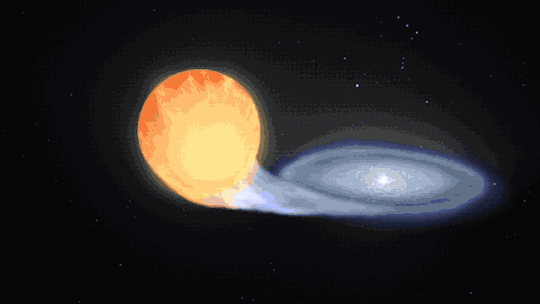
This animation visualizes a type Ia supernova.
Roman’s High Latitude Time-Domain Survey will look beyond our galaxy to hunt for type Ia supernovas. These exploding stars originate from some binary star systems that contain at least one white dwarf – the small, hot core remnant of a Sun-like star. In some cases, the dwarf may siphon material from its companion. This triggers a runaway reaction that ultimately detonates the thief once it reaches a specific point where it has gained so much mass that it becomes unstable.
youtube
NASA’s upcoming Nancy Grace Roman Space Telescope will see thousands of exploding stars called supernovae across vast stretches of time and space. Using these observations, astronomers aim to shine a light on several cosmic mysteries, providing a window onto the universe’s distant past. Credit: NASA’s Goddard Space Flight Center
Since these rare explosions each peak at a similar, known intrinsic brightness, astronomers can use them to determine how far away they are by simply measuring how bright they appear. Astronomers will use Roman to study the light of these supernovas to find out how quickly they appear to be moving away from us.
By comparing how fast they’re receding at different distances, scientists can trace cosmic expansion over time. This will help us understand whether and how dark energy – the unexplained pressure thought to speed up the universe’s expansion – has changed throughout the history of the universe.
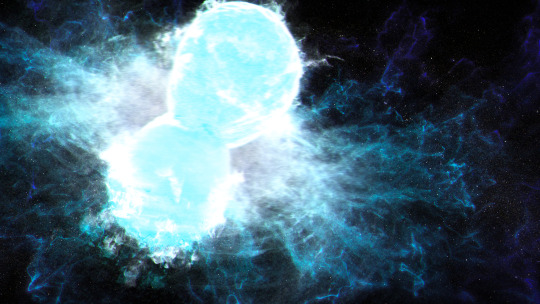
NASA’s Nancy Grace Roman Space Telescope will survey the same areas of the sky every few days. Researchers will mine this data to identify kilonovas – explosions that happen when two neutron stars or a neutron star and a black hole collide and merge. When these collisions happen, a fraction of the resulting debris is ejected as jets, which move near the speed of light. The remaining debris produces hot, glowing, neutron-rich clouds that forge heavy elements, like gold and platinum. Roman’s extensive data will help astronomers better identify how often these events occur, how much energy they give off, and how near or far they are.
And since this survey will repeatedly observe the same large vista of space, scientists will also see sporadic events like neutron stars colliding and stars being swept into black holes. Roman could even find new types of objects and events that astronomers have never seen before!
Learn more about the exciting science Roman will investigate on X and Facebook.
Make sure to follow us on Tumblr for your regular dose of space!
#NASA#astronomy#telescope#Roman Space Telescope#dark energy#galaxies#cosmology#astrophysics#stars#galaxy#space images#time#supernova#Nancy Grace Roman#black holes#neutron stars#kilonova#rogue planets#exoplanets#space#science#tech#technology#Youtube
2K notes
·
View notes
Text

im doing a little series for lesbian visibility week of my favorite lesbian music artists, so heres everyones favorite midwest princess
#i truly adore her#lesbian visibility week 2024#lesbian visibility week#lesbian#chappell roan#pink pony club#femininomenon#red wine supernova#illustration#original art#did somebody mention art#thanks for coming to my ted talk
2K notes
·
View notes
Text
absolutely NEED a pretty woman to put her canine teeth in the side of my neck rn
3K notes
·
View notes
Text

A Midwest Princess
1K notes
·
View notes
Text


The joke is they're all stupid
5K notes
·
View notes